#river wetlands
Photo


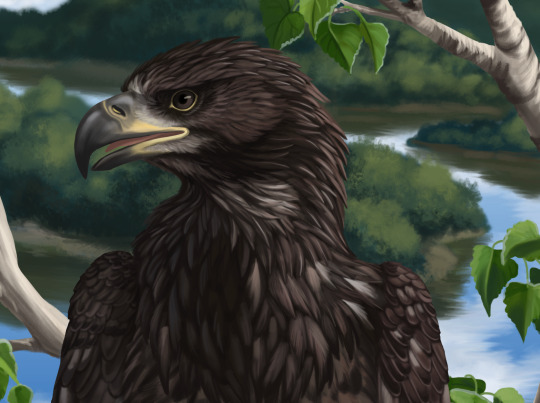


Well, it’s been a journey, but it’s high time it’s come to an end. These baby baldies gotta leave the nest! *uploads massive file*
This piece reads well as a thumbnail/at a distance, which I quite like. I had to wind up the rendering so there are likely some little fiddly details that are missing, but I don’t know that they’re all that important.
This was an incredible project and I’m so happy I’ve tackled it, but I think I could sleep for a year.
Photoshop CC, 36 x 72″ (91.44 x 183 cm).
#bald eagle#haliaeetus leucocephalus#natural history illustration#eaglet#avian#birds#accipitriformes#digital illustration#environment#river wetlands#bird wings#feathers#wildlife art#kinda sorta realism#photoshop cc#client work#for the National Eagle Center again of course!#always super anxious when I flatten an image and wonder if I've missed something#between that and needing to be smarter about my color profiles#it's the anxiety talking
329 notes
·
View notes
Text
"When considering the great victories of America’s conservationists, we tend to think of the sights and landscapes emblematic of the West, but there’s also a rich history of acknowledging the value of the wetlands of America’s south.
These include such vibrant ecosystems as the Everglades, the Great Dismal Swamp, the floodplains of the Congaree River, and “America’s Amazon” also known as the “Land Between the Rivers”—recently preserved forever thanks to generous donors and work by the Nature Conservancy (TNC).
With what the TNC described as an “unprecedented gift,” 8,000 acres of pristine wetlands where the Alabama and Tombigbee Rivers join, known as the Mobile Delta, were purchased for the purpose of conservation for $15 million. The owners chose to sell to TNC rather than to the timber industry which planned to log in the location.
“This is one of the most important conservation victories that we’ve ever been a part of,” said Mitch Reid, state director for The Nature Conservancy in Alabama.
The area is filled with oxbow lakes, creeks, and swamps alongside the rivers, and they’re home to so many species that it ranks as one of the most biodiverse ecosystems on Earth, such that Reid often jokes that while it has rightfully earned the moniker “America’s Amazon” the Amazon should seriously consider using the moniker “South America’s Mobile.”
“This tract represents the largest remaining block of land that we can protect in the Mobile-Tensaw Delta. First and foremost, TNC is doing this work for our fellow Alabamians who rightly pride themselves on their relationship with the outdoors,” said Reid, who told Advance Local that it can connect with other protected lands to the north, in an area called the Red Hills.
“Conservation lands in the Delta positions it as an anchor in a corridor of protected lands stretching from the Gulf of Mexico to the Appalachian Mountains and has long been a priority in TNC’s ongoing efforts to establish resilient and connected landscapes across the region.”
At the moment, no management plan has been sketched out, but TNC believes it must allow the public to use it for recreation as much as possible.
The money for the purchase was provided by a government grant and a generous, anonymous donor, along with $5.2 million from the Holdfast Collective—the conservation funding body of Patagonia outfitters."
youtube
Video via Mobile Bay National Estuary Program, August 7, 2020
Article via Good News Network, February 14, 2024
#united states#alabama#estuary#wetlands#swamp#river#environment#environmental issues#conservation#video#biodiversity#american south#ecosystems#ecology#conservation news#wildlife conservation#ecosystem#conservation efforts#good news#hope#forest#swampco#re#Youtube
2K notes
·
View notes
Text


Result from the Pebas formation #paleostream!
Not as diverse as some other places he have hit and yet, we weren't even able to put in all the crocs.
#paleoart#sciart#paleostream#palaeoblr#pebas#pebas mega wetland#pebas formation#purussaurus#miocene#peru#dolphin#river dolphin#crocodile#caiman
419 notes
·
View notes
Text




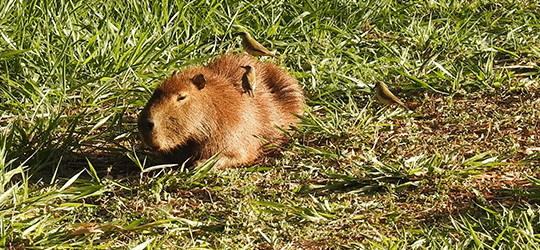
❣❦♥capybara capivara capiguara chigüire chigüiro fercho carpincho ronsoco♥❦❣
©
387 notes
·
View notes
Text
Bitterns in Russian cities masterpost

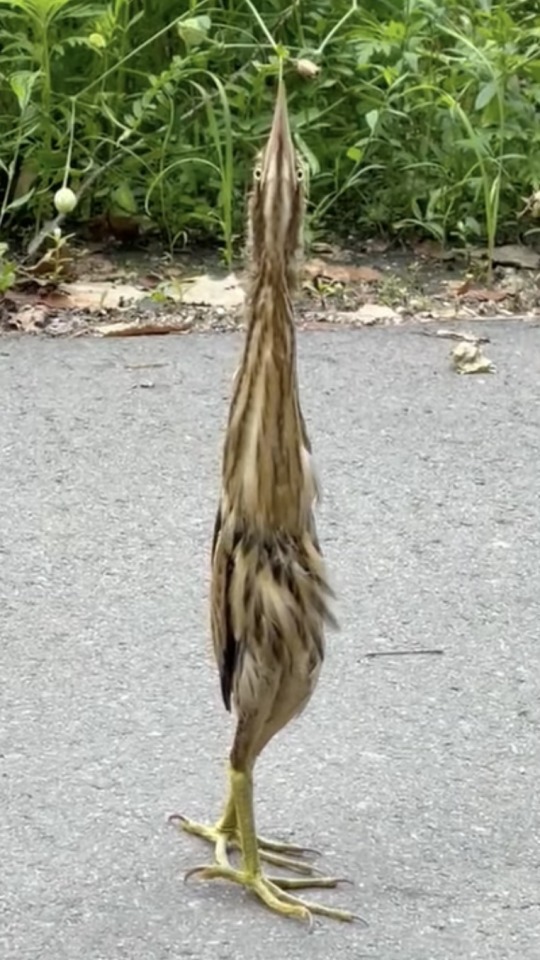

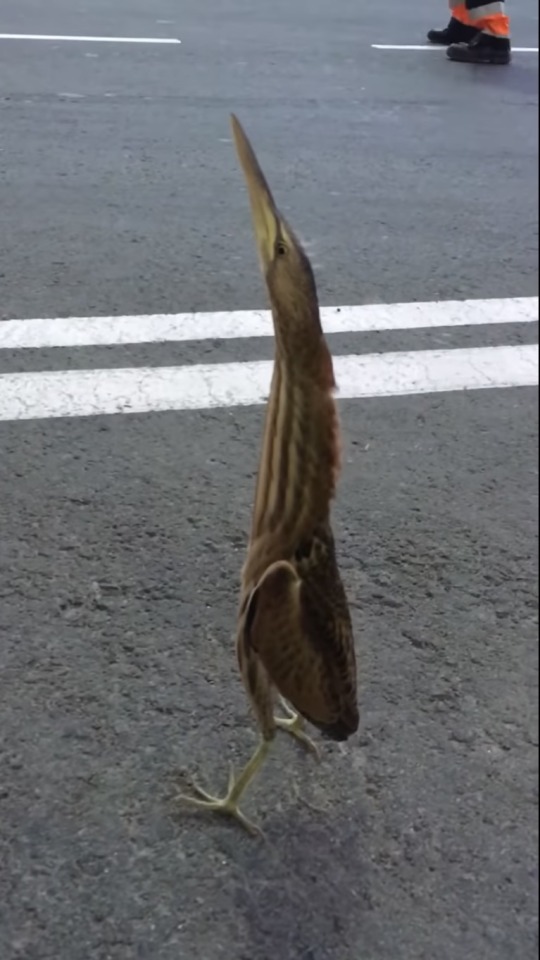


#how did they get there?#apparently lots of Russian cities are built on rivers and wetlands#so sometimes bitterns and other wetland birds will wander into urban areas#unfortunately their natural defense mechanism (standing completely still and pretending to be a reed) doesn't work there#greatest hits#op#birds#birdwatching#russia#bittern#eurasian bittern#выпь#птицы#русский tumblr#россия
524 notes
·
View notes
Text
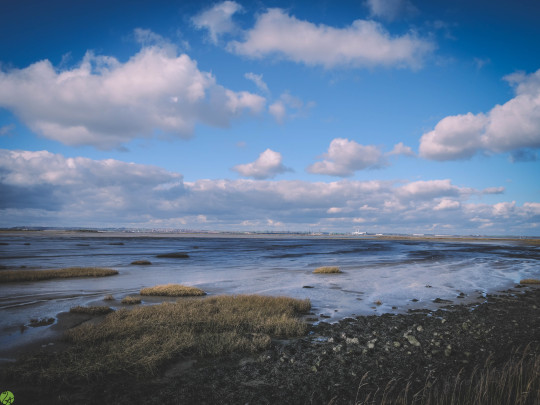
Motney Hill, Rainham, Kent, England, February 2024.
#photography#nature photography#nature#landscape#wetland#water#river#kent#england#rainham#motney hill#lensblr#photographers on tumblr#original photography
218 notes
·
View notes
Text

Some coast striker concept doodles, mostly to showcase their weirdo double tongue + i love drawing teeth. Also whelps are see through when they hatch, most lose this quality as they grow, but a few (especially in the Deepwater) keep their translucency well into adulthood.
A small fun fact, many humans call coast strikers "grinning deaths" as their toothy snarls can look like a grin to a person. Given their amount of teeth and their two tongues, other AshWings can find them a bit unsettling
#wings of fire#wof#ashwing#dragons#art#oh yeah remember those region variation drawings i made? im dividing the coast into three regions: the deepwater (open ocean/seabed)#the saltwater (the coastal cliffs) and the freshwater (more inland in the peninsula lots of#wetlands and rivers and lakes. kinda like everglades and mangroves in some areas#however im not sure about the eggs. hmmmm#bc its like this OR regular eggs with an almost conical shape which i believe is common in cliff birds? so the eggs spin on the same place#instead of out of the nest and falling to their doom
381 notes
·
View notes
Text
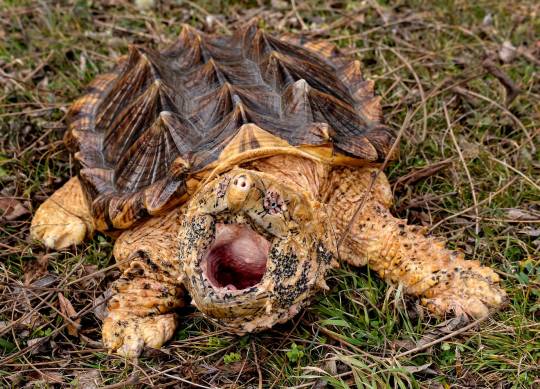


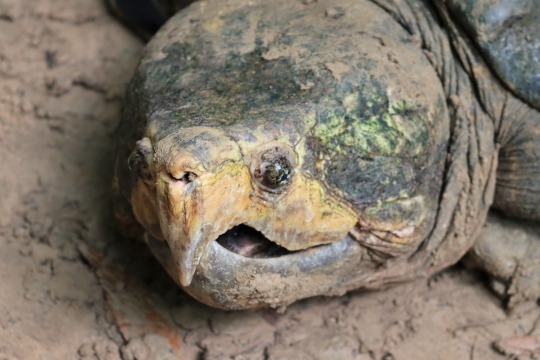
The Stupendous Alligator Snapping Turtle
Alligator snapping turtles (Macrochelys temminkii) are one of three recognised species of snapping turtle, all of which are found in North America. This particular species is found in the southeastern United States and the Mississippi Basin in particular. Macrochelys temminkii prefers deep freshwater, and is especially common in deep rivers, wetlands, and lakes.
The alligator snapping turtle is the largest freshwater turtle in North America, and is one of the heaviest in the world. Most individuals weigh between 70-80 kg (154-176 lbs), and are about 79-101 cm (31-39 in) long. However, the largest verified indiviual weighed over 113 kg (249 lb), and many others have been recorded in excess of 100 kg. The species is easily identifiable by its large, boxy head and thick shell with three rows of raised spikes. Typical alligator snapping urtles are solid black, brown, or olive green, though the shells of many older individuals can be covered in green algae.
M. temminkii is famous for its strong bite, which is most often utilised when feeding. The turtle's tongue resembles a worm, and at night individuals lie on the bottom of the river or lake bed with their mouths open. Fish are enticed by the bait-tongue, and when they get close enough the alligator snapping turtle's mouth clamps down around them. In addition to fish, this species may also feed on amphibians, invertebrates, small mammals, water birds, other turtles, and even juvenile alligators where their territories overlap. The alligator snapping turtle's relies on ambush techniques, and so hunters can remain submerged for up to 40 minutes. In some cases, individuals can also 'taste' the water to detect neaby mud and musk turtles. Because of this species' thick shell and ferocious bite, adults have few predators, but eggs and hatchlings may fall prey to raccoons, predatory fish, and large birds.
This species spends most of its time in the water, only emerging to nest or find a new home if their current habitat becomes unsuitable. Mating occurs between Februrary and May, starting later in the northern regions of the species' range. Males and females seek each other out, but generally don't travel great distances. About two months after mating, females dig a nest near a body of water and deposit between 10-50 eggs. Incubation takes up to 140 days, and the average temperature of the nest determines the sex of the hatchings; the hotter it is, the more males are produced. In the fall, hatchings emerge and are left to fend for themselves. Sexual maturity is reached at between 11 and 13 years of age, and individuals can live as old as 45 years in the wild.
Conservation status: The alligator snapping turtle is listed as Vulnerable by the IUCN. The species is threatened by overharvesting for meat and for the pet trade, and by habitat destruction.
If you like what I do, consider leaving a tip or buying me a ko-fi!
Photos
Ed Godfrey
Cindy Hayes
Eva Kwiatek
Nathan Patee
#alligator snapping turtle#Testudines#Chelydridae#snapping turtles#freshwater turtles#reptiles#freshwater fauna#freshwater reptiles#lakes#lake reptiles#wetlands#wetland reptiles#rivers#river reptiles#north america#southern north america#animal facts#biology#zoology
455 notes
·
View notes
Text
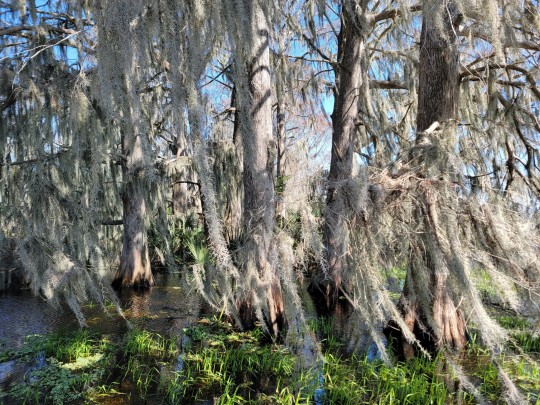
Wisps of Spanish Moss in a Cypress Grove - February 21st 2024
#bald cypress#nature#lensblr#photographers on tumblr#landscape photography#florida#american south#southern gothic#spanish moss#wetlands#taxodium disitichum#Kissimmee river
112 notes
·
View notes
Text

#horses#horse#animals#mustangs#science#education#nature#photography#animal#landsccape#cute animals#funny#lol#adorable#landscape#paradise#explore#gifs#beautiful#beauty#primates#zoos#mammals#wild animals#wildlife#mountain#incredible#running#wetland#river
55 notes
·
View notes
Text

Mockhorn Island State Wildlife Management Area, a marshland off Oyster, Virginia, USA
Photo by Shane Gross
37 notes
·
View notes
Text
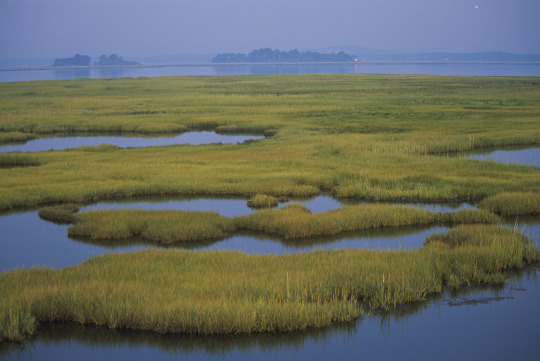
Parker River National Wildlife Refuge, Newburyport, Massachusetts, June 1, 2003.
Record Group 22: Records of the U.S. Fish and Wildlife Service
Series: Photographs from the National Digital Library
Image description: Soft-edged blobs of yellow-green vegetation in still water. In the distance we can see land and trees.
#archivesgov#June 1#2003#2000s#photography#wetlands#river#Parker River National Wildlife Refuge#Massachusetts
71 notes
·
View notes
Text
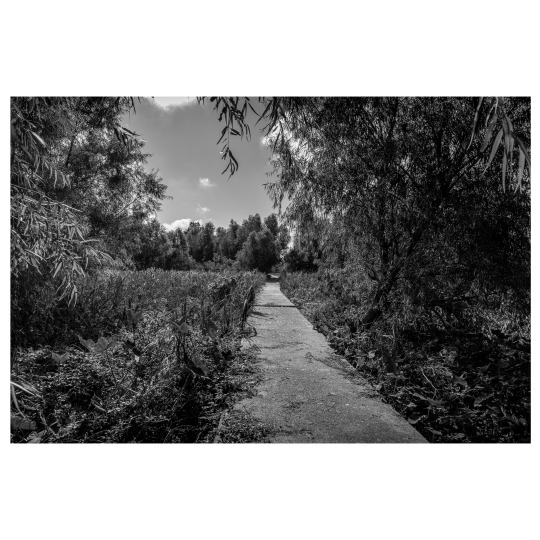



Pilottown, LA 10/23
#louisiana#photographers on tumblr#landscape#gulf coast#landscape photography#wetlands#end of the great river#pilottown#louisiana coast#abandoned#abandoned places
24 notes
·
View notes
Text
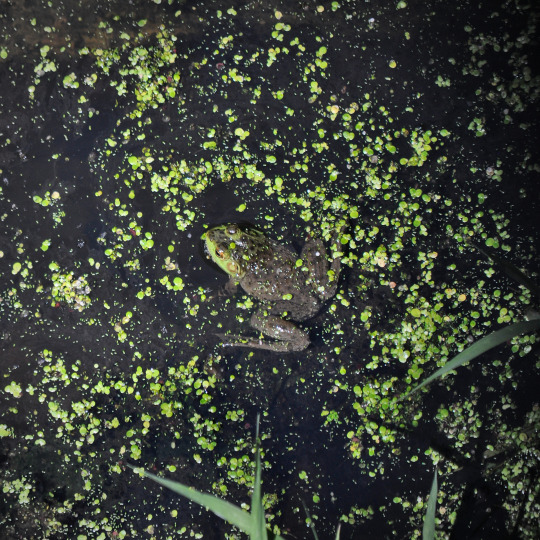
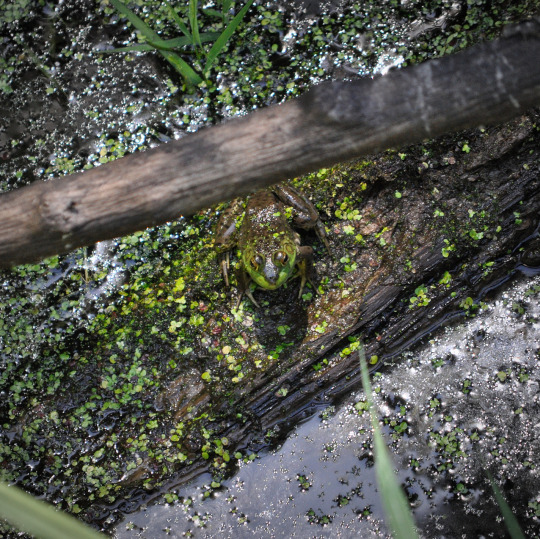
Frog on a log in a bog.
The bull frog, while invasive to the Nisqually delta, is still a delight to behold. Frogs, unlike birds, will hold nice and still for the camera. I watched him for nigh on an hour, and I cherished every minute of it. Except for when I had to steal away into the bush for a piss. Or was that before I spotted him? I think it was.
33 notes
·
View notes
Text





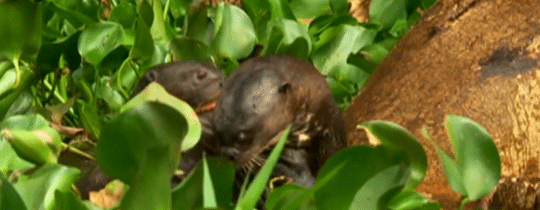
Giant otters are the apex predator in their environment, and have no serious natural predators threatening them. The reason they're currently listed as endangered is because of poaching, habitat degradation and ecotourism, all due to humans.
©Discovery Channel
#giant otters#ariranha#discovery channel#wetlands#river#south america#mammalia#carnivora#mustelidae#mustelids#tw successful hunting#request
156 notes
·
View notes
